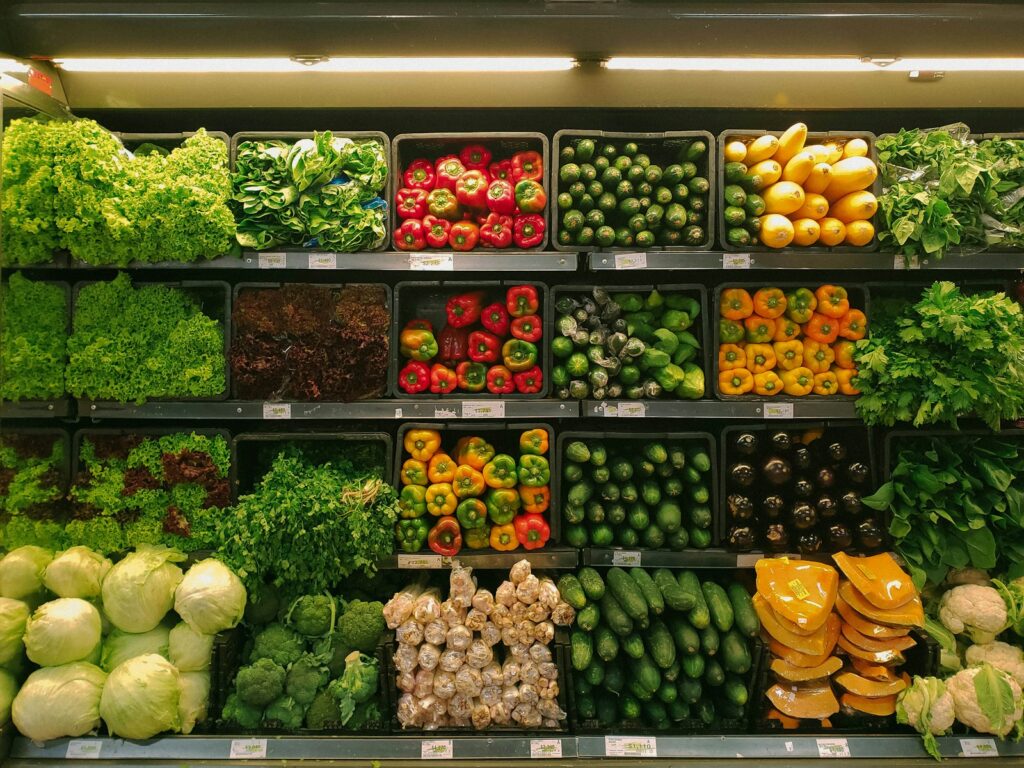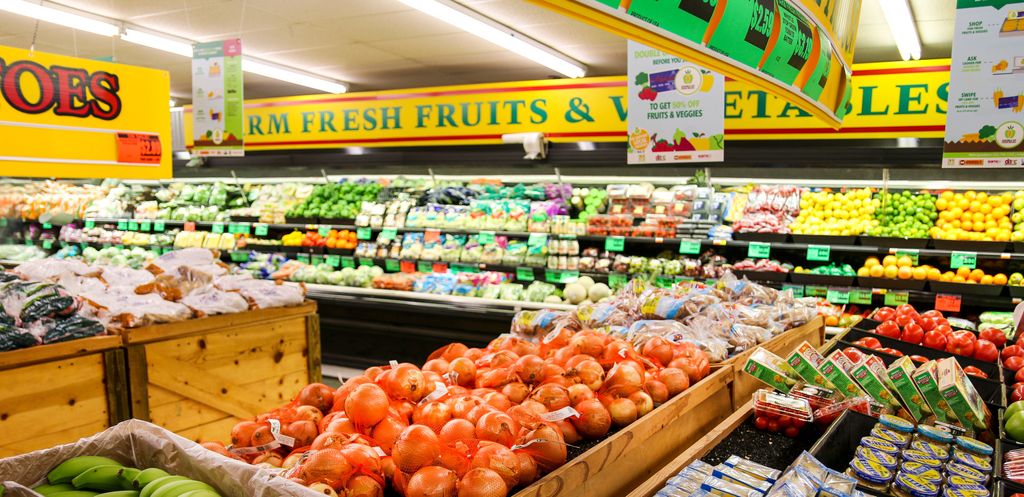
In today’s well-stocked grocery aisles, many shoppers quietly wrestle with a recurring question: should one opt for organic products, or are conventionally grown foods equally beneficial? This decision is often influenced by considerations of health, personal values, financial constraints, and individual taste. At its core, the quest for safe, nutritious, and affordable food remains a common priority among consumers.
Organic produce often carries a certain appeal, yet it is important to recognize that a wholesome diet may include foods cultivated through either organic or conventional methods. Each system offers distinct advantages, and neither should be disregarded without careful thought. The crucial step lies in understanding the defining characteristics of both approaches and evaluating how these differences may affect health and nutrition.
The term “organic” refers to products that meet specific agricultural standards and are produced under regulated conditions. It primarily indicates the farming practices involved, rather than the food’s inherent qualities. This label reflects a particular philosophy in agriculture, emphasizing environmentally conscious methods, restricted use of synthetic chemicals, and adherence to certified guidelines.
Organic farming represents a defined agricultural system that purposefully excludes certain conventional practices. Organic farmers are not permitted to use synthetic soil additives, chemical fertilizers, genetic engineering techniques, or irradiation. This strict adherence to natural methods distinguishes organic agriculture from conventional farming.
The organic approach also applies to the production of animal-based foods. Animals raised under organic standards are not administered growth hormones or antibiotics. They must be fed organic feed and provided access to the outdoors, reflecting the emphasis placed on animal welfare within organic systems.
Equally important is clarifying what the organic label does not imply. Contrary to popular belief, organic certification does not guarantee that a product is locally grown, nor does it ensure superior nutritional content compared to conventional alternatives. While production methods vary, both organic and conventional foods are subject to the same safety regulations under U.S. law.

Decoding the USDA Organic Label: What Each Certification Level Means
In the United States, the organic food sector is strictly regulated by the United States Department of Agriculture (USDA), which enforces detailed standards governing how organic products are grown, handled, and processed. These rules ensure uniformity, transparency, and integrity behind the organic label. Certification serves as a foundational element of this system, with the USDA setting firm regulatory criteria for all certified organic products.
To bear the USDA Organic seal, a product must meet defined thresholds. The “100% organic” designation applies only to items made entirely from certified organic ingredients and containing no genetically modified organisms (GMOs). This represents the highest level of organic certification.
Products labeled “Organic” must contain a minimum of 95 percent certified organic ingredients, and similarly, must be free from GMOs. These items are also eligible to display the USDA Organic seal, signifying their compliance with the agency’s rigorous standards and offering clear guidance to consumers.
A lower tier is labeled “Made with organic,” indicating that at least 70 percent of the ingredients are certified organic and that the product contains no GMOs. While this category highlights the inclusion of organic components, it does not permit use of the USDA Organic seal. This distinction plays a key role in helping consumers differentiate between varying degrees of organic content in processed foods.
Organic Labels, Small Producers, and Food Safety: What Consumers Should Know
Certain products may list “organic ingredients” without meeting any specific percentage threshold for certified organic content. These items are not required to undergo certification, and they may contain genetically modified organisms (GMOs). In such cases, the USDA Organic seal is not permitted. This highlights the importance of reading product labels carefully to understand exactly what is being offered.
Additionally, producers with annual organic sales under $5,000 are exempt from formal certification. However, they are still required to comply with all USDA organic production standards. This exemption enables small-scale and local organic farming operations to participate in the organic market without the administrative demands of formal certification.
A frequently asked question among consumers concerns the safety of organic versus conventional food. It is important to recognize that all food sold in the United States, regardless of the method of production, must meet the same basic safety standards. These regulations ensure a consistent level of protection for public health across all food categories.

Pesticide Exposure and Irradiation: Key Differences Between Organic and Conventional Foods
Despite meeting the same safety standards, organic and conventional foods differ in significant ways. Research consistently shows that organic products contain lower levels of pesticide residues compared to their conventionally grown counterparts. For consumers aiming to minimize exposure to synthetic chemicals, this distinction plays a crucial role in purchasing decisions.
The reduced presence of pesticide residues is one of the primary advantages often cited by proponents of organic agriculture. Individuals who consume recommended quantities of fruits, vegetables, and whole grains can effectively lower their intake of pesticide residues by choosing organic options. This provides a tangible method of reducing contact with such substances in everyday diets.
Another important distinction involves food processing methods, particularly irradiation. Organic food regulations prohibit the use of irradiation, a technique that exposes food to controlled doses of radiation to eliminate bacteria, parasites, and other pathogens. Irradiation also helps delay spoilage and is commonly applied to products such as poultry, shell eggs, spices, and select fruits and vegetables in the United States.
The exclusion of irradiation in organic production serves as a further point of differentiation, reinforcing the organic system’s commitment to natural processing standards.
Product on Amazon: Organic Blueberries Pint
Brand: Brand: Fresh Produce (Brands May Vary)
Price: 4.99 USD
Rating: 4.7 Total reviews: 22813
Size: 1 PT
Specialty: Organic
Package Weight: 0.32 Kilograms
Number of Pieces: 1
Features:
1. Recommended to wash before consuming
2. Grown in United States, Argentina, Mexico, Uruguay, Chile, Peru, or Canada
3. Delicious on their own as a healthy snack or as part of a recipe
4. Sourced with high quality standards
5. Refrigerate immediately for maximum shelf life and flavor
Top Review from US: “These organic blueberries are fresh, juicy, and bursting with flavor. They’re perfect for snacking, adding to smoothies, or topping off yogurt and cereal. I appreciate that they’re pesticide-free and responsibly grown. You can really taste the difference—sweet with just the right amount of tartness. Definitely worth the extra cost for the quality and peace of mind.
Shopping on Amazon >>

Food Safety Remains Essential Across All Farming Methods
Despite differences in farming practices, both organic and conventionally grown foods share a common vulnerability: the potential for bacterial contamination. Harmful pathogens such as Escherichia coli O157:H7 and Salmonella typhimurium can be present in any food, regardless of how it is cultivated. This highlights the universal necessity of proper food handling procedures.
Since contamination is not exclusive to any one farming method, adopting rigorous food safety practices is essential. This includes careful selection, storage, preparation, and cooking of all food items. Regularly monitoring food and product recalls also forms a critical part of a proactive food safety strategy.
For individuals who grow their own fruits and vegetables, following safe cultivation practices is equally important. Home gardeners are encouraged to minimize or avoid pesticide use altogether. This approach provides greater oversight of what enters the food supply and aligns with broader goals of food safety and environmental responsibility.
Product on Amazon: The Food Safety Book: What You Don’t Know Could Kill You
Price: 9.99 USD
Rating: 4.5 Total reviews: 46
Top Review from US: “Great read”
Shopping on Amazon >>
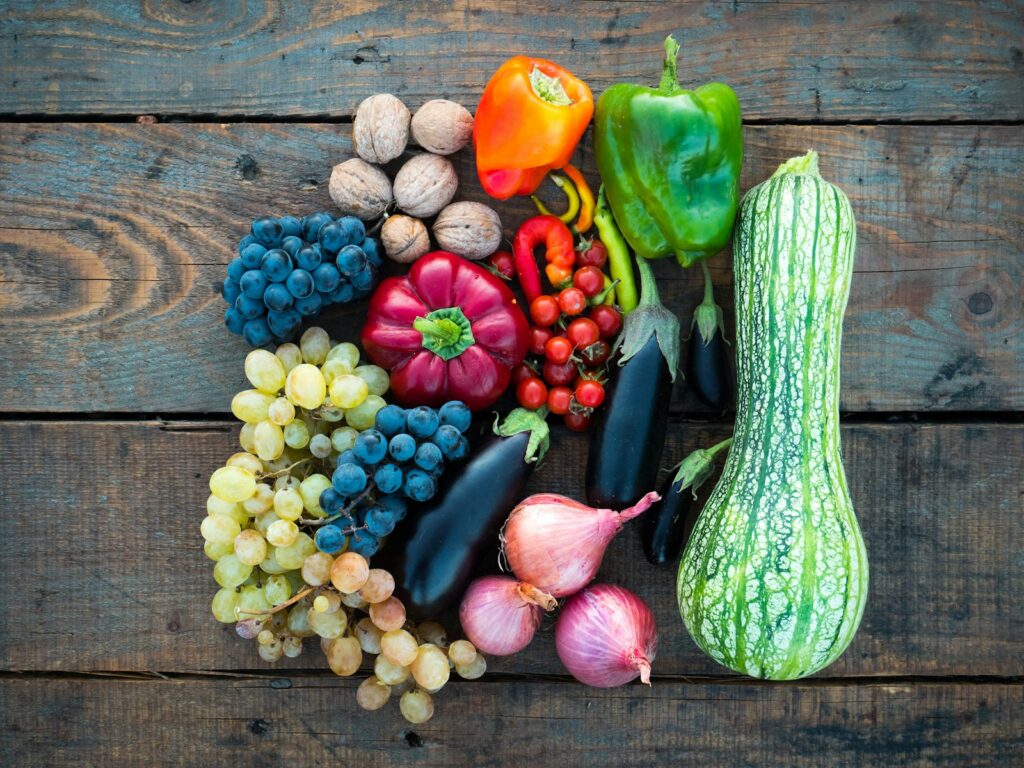
Embracing Variety and Proper Storage for Safer, Healthier Eating
Incorporating a wide variety of foods into your diet is a simple yet effective strategy for promoting both food safety and overall health. A diverse intake not only supplies essential nutrients but may also reduce exposure to any single pesticide, as reliance on a single type of produce is minimized.
When choosing fresh fruits and vegetables, prioritize those that appear firm, vibrant, and undamaged. If any part of the produce is bruised or compromised, it should be trimmed before washing. Items showing signs of mold or spoilage should be discarded to avoid health risks.
Safe storage practices are equally important. Refrigeration is essential for certain items, including strawberries, lettuce, and all pre-cut or ready-to-eat produce. Maintaining appropriate temperatures significantly prolongs shelf life and helps inhibit bacterial growth, contributing to a safer food environment at home.
Product on Amazon: Soda Variety Pack – Assortment Popular Flavors – Home, Office or Party Refrigerator Restock Pack – By MaxPax (Diet Soda Variety, 24 Pack)
Brand: Brand: Maxpax
Price: 43.9 USD
Rating: 3.6 Total reviews: 19
Item Form: Liquid
Flavor: Diet Soda Variety
Number of Items: 24
Package Information: Can
Features:
1. VARIETY PACK: Why buy one soda brand or flavor when you can sample and enjoy five of the most popular flavors around? This assorted pack includes 6 different brands and flavor of soda.
2. REGULAR OR DIET SODA PACK: These soft drink packages include Coca Cola, Pepsi, Dr. Pepper, Mountain Dew, Sprite & Schweppes Ginger Ale, or Diet Coke, Pepsi, Dr. Pepper & Sprite and Fresca.
3. STOCK YOUR OFFICE FRIDGE: Getting refreshments for a varied crowd is tricky. How can you satisfy everyone’s palate? With our variety pack everyone can get the soda pop they love.
4. SEND A CARE PACKAGE: These are perfect packages to send to college students, kids in camp, soldiers or even to bring to a pot luck or to host a party. Give the gift of choice & variety!
5. SAMPLER KIT: Whether you are in college dorm, restocking the kitchen fridge, camping, hiking or looking to please a group or crowd, this sample bundle gives you the power of choice!
Top Review from US: “For those of us who like a variety of sodas and not being stuck to drinking one brand or flavor until they’re gone so we can replace them.
Shopping on Amazon >>
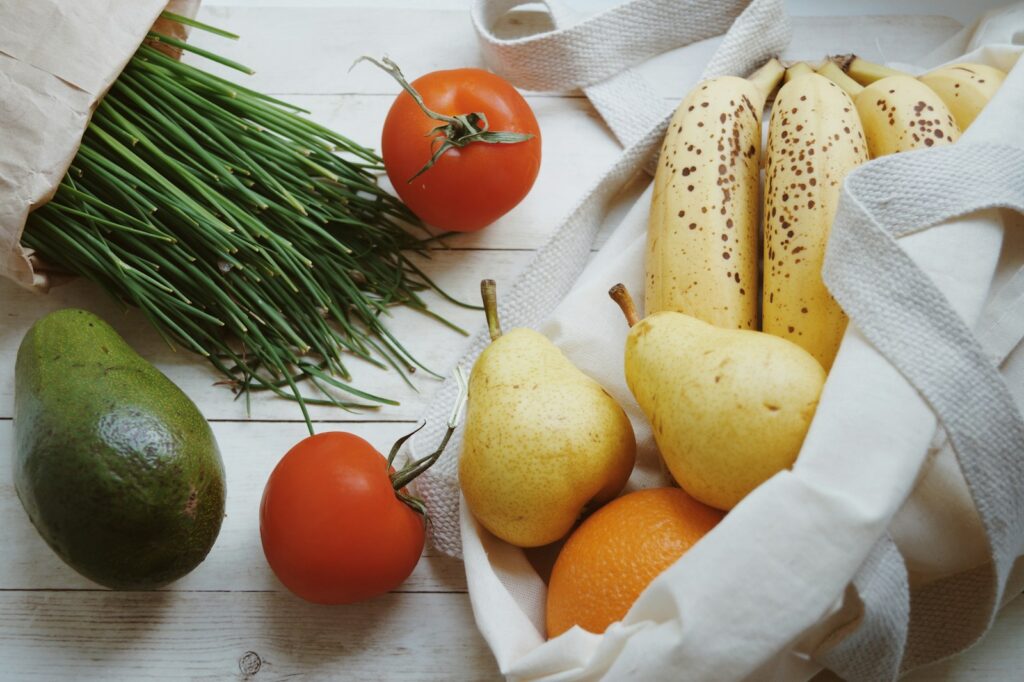
Proper Produce Washing: A Crucial Step in Safe Food Preparation
Timing plays a critical role in produce preparation. Washing fruits and vegetables should only be done immediately before consumption or cooking, as premature washing can promote bacterial growth during storage. Equally important is the initial step of hand hygiene. Thoroughly washing your hands before handling any food helps prevent the transfer of harmful microorganisms.
When cleaning produce, use cold, running water in combination with gentle friction from your hands or a clean vegetable brush. This method assists in removing bacteria and surface residues, including those from natural and synthetic pesticides.
Even items with a hard or inedible exterior, such as watermelon or squash, should be washed before cutting or peeling. This prevents the transfer of contaminants from the rind to the inner edible portions during preparation. Though simple, this precaution significantly contributes to food safety.
Product on Amazon: ATTITUDE Fruit & Vegetable Wash, Food-Safe Produce Wash, Removes Dirt & Residue, Vegan & Plant-Based Ingredients, Unscented, 27.1 Fl Oz
Brand: Visit the ATTITUDE Store
Price: 7.67 USD
Rating: 4.5 Total reviews: 3393
Item Form: Liquid
Scent: Unscented
Specific Uses For Product: Fruit and Vegetables Cleaner
Material Feature: Plant Based
Features:
1. CLEAN INGREDIENTS: This fruit and vegetable cleaner is made with clean ingredients and is free from harsh and potentially harmful chemicals. It contains no ammonia, alcohol, SLES, or EDTA.
2. HIGH PERFORMANCE: Made with 98% naturally derived ingredients, this fruit and veggie wash eliminates dirt, wax and impurities, leaving your fresh produce worry-free.
3. UNSCENTED WASHER: This vegetable and fruit cleaner is fragrance free and food safe. It gets rid of unwanted residues without leaving any smell or aftertaste, for fresh tasting and smelling produce.
4. ECO-CONCIOUS PACKAGING: This veggie and fruit wash comes in a recyclable HDPE #2 bottle, one of the easiest plastics to recycle. Refill and reuse with its matching eco-refill made from FSC-certified, recyclable cardboard to help reduce plastic waste.
5. VEGAN & CRUELTY-FREE: This fruit and vegetable cleaner spray is 100% vegan and cruelty-free. Made for your well-being while respecting animals.
Shopping on Amazon >>
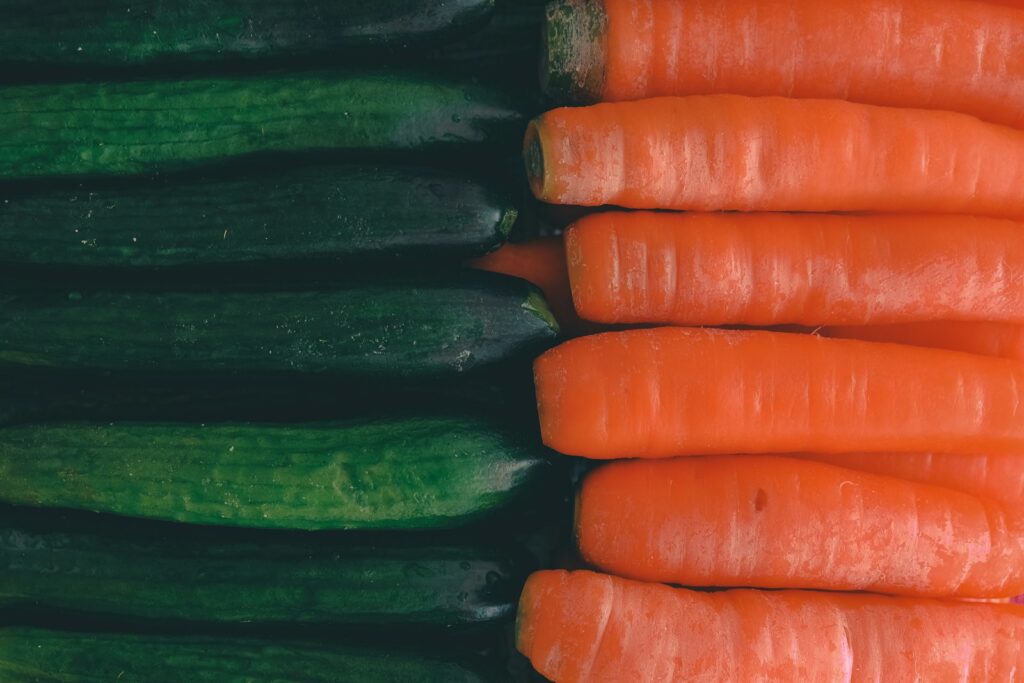
Safe and Effective Methods for Cleaning Fresh Produce
For firm produce such as apples and carrots, using a clean vegetable brush is an effective alternative to peeling. This method helps retain essential nutrients located just beneath the skin. In contrast, for leafy vegetables like lettuce or Brussels sprouts, removing the outermost layers before washing is advisable, as these are typically the most exposed to environmental contaminants.
Although some sources recommend using vinegar or baking soda for cleaning produce, these substances may affect the taste and are generally unnecessary. Plain cold water combined with gentle scrubbing is typically sufficient for most fruits and vegetables.
It is essential to avoid using soap or other household cleaning agents when washing produce. These substances can leave harmful residues, and some fruits may absorb them, posing a potential health risk. The safest approach to preparing fresh produce is to use simple, non-toxic methods that prioritize both cleanliness and nutritional preservation.
Product on Amazon: OXO Good Grips Vegetable Brush Black& Green, 1 EA
Brand: Visit the OXO Store
Price: 7.99 USD
Rating: 4.8 Total reviews: 18454
Color: Black& Green
Handle Material: Nylon
Specific Uses For Product: Dishwasher, Vegetable
Product Dimensions: 3.3″L x 2″W x 2.5″H
Features:
1. Nylon bristles clean thoroughly
2. Perfect for potatoes, carrots and more
3. Flexible, non-slip grip
4. Dishwasher safe
5. Color may vary
Shopping on Amazon >>
Nutritional Content: Do Organic Foods Offer More Nutrients?
A frequently debated issue is whether organic foods are inherently more nutritious. Many consumers associate organic farming with higher nutritional quality, based on the assumption that more natural growing methods yield healthier results. However, current scientific findings on this topic are inconclusive. The evidence remains mixed, and no definitive consensus exists regarding the consistent nutritional superiority of organic produce over its conventional counterpart.
Nutrient levels in food are influenced by a complex array of variables that extend beyond the method of cultivation. The plant variety itself can lead to significant differences in nutrient composition. For example, different cultivars of apples will naturally contain distinct nutritional profiles. In addition, soil quality, growing conditions, harvest timing, and post-harvest storage all play vital roles. A conventionally grown apple harvested at peak ripeness and stored under ideal conditions may retain more nutrients than an organically grown one that is poorly handled.
While broad claims about the nutritional superiority of organic foods remain inconclusive, certain distinctions do emerge in specific categories. Research has shown that organically raised animals, particularly those fed a diet of grass and foraged plants, tend to produce meat and dairy products with higher levels of Omega-3 fatty acids. These fats are associated with cardiovascular health and may provide a measurable advantage in particular organic products. This suggests that while comprehensive superiority is difficult to prove, some organic options may offer targeted nutritional benefits.
At the same time, it is essential to approach processed organic foods with discernment. The presence of organic ingredients does not automatically render a product nutritionally sound. Many of these items may still be high in calories, sodium, or added sugars. Consumers should therefore evaluate the nutritional content of organic products with the same level of scrutiny applied to conventional processed foods. Reading nutrition labels carefully ensures that the selected items support a balanced and health-conscious diet.

Navigating the Cost of Organic Food: Practical Strategies for Affordability
Organic food generally commands a premium price compared to conventional alternatives, presenting a financial challenge for many consumers and families striving to manage their grocery budgets. Nevertheless, several practical strategies exist to enhance affordability and increase access to organic options without compromising financial stability.
Purchasing organic produce during its natural growing season is one of the most effective ways to reduce expenses. Seasonal foods benefit from greater availability and lower transportation requirements, which translates into lower prices. Supporting local organic farmers, particularly through farmers’ markets, can further decrease costs by eliminating distribution intermediaries while simultaneously strengthening the local economy.
Participation in community supported agriculture (CSA) programs offers another cost-efficient approach. Consumers pay an upfront fee to a local farm in exchange for regular shares of harvested produce throughout the season. This arrangement not only provides a reliable supply of fresh organic foods directly from the source but also cultivates a meaningful connection between consumers and producers.
Price comparison across various retailers is essential for securing the best deals. Organic product prices vary widely among conventional supermarkets, health food stores, and online outlets. Diligent comparison can yield substantial savings. Additionally, frozen organic fruits and vegetables should not be overlooked; they often present a more economical alternative during off-season periods or when fresh produce prices are prohibitive. The freezing process preserves nutrient content and allows for convenient storage.
Purchasing organic staples such as grains, nuts, and seeds in bulk can also reduce costs. Many retailers provide bulk bins enabling consumers to buy precise quantities at lower per-unit prices than pre-packaged items. This practice not only decreases expenditure but also minimizes packaging waste, promoting sustainability.
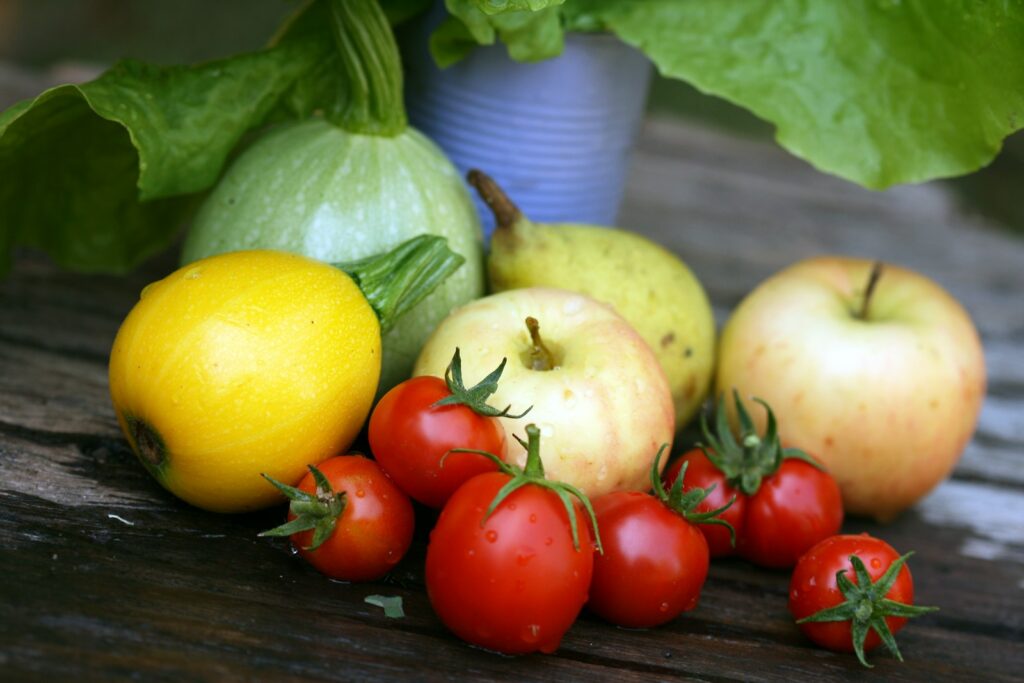
The decision between organic and conventional food is inherently personal, shaped by an individual’s health considerations, financial circumstances, and core values. Although ongoing research continues to explore differences in nutritional content and long-term health effects, one clear principle remains: the most advantageous dietary pattern is one that includes a substantial and diverse intake of fruits, vegetables, and whole grains, regardless of the method of cultivation.
For individuals particularly concerned about pesticide exposure or those in sensitive life stages such as pregnancy, choosing organic options may be a prudent measure. As discussed, organic foods generally contain lower levels of pesticide residue, a factor that may carry added significance during critical periods of development.
It is essential to emphasize that all foods sold in the United States—whether organic or conventionally grown—must meet established safety regulations. If organic products are inaccessible or exceed your budget, conventionally grown foods remain both safe and nutritionally valuable. The priority should consistently be placed on maintaining a varied and balanced diet that emphasizes plant-based foods, thereby maximizing the intake of essential nutrients and potential health benefits.


